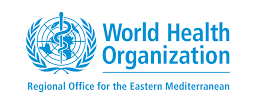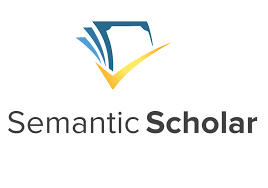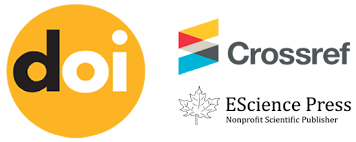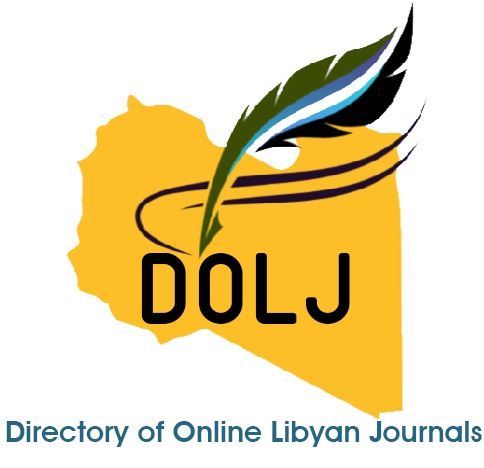Assessment of Undergraduate Medical Students’ Feedback on Pharmacology Teaching Patterns in Baghdad, Iraq
DOI:
https://doi.org/10.69667/4wmjxz46Keywords:
Pharmacology, Likert Scale, Questionnaire, Teaching Patterns, Undergraduate Students.Abstract
Pharmacology is both a foundational and applied science, essential for the development of rational therapeutic strategies. Effective pharmacology education requires continual updates to teaching and assessment methods, with student feedback playing a critical role in guiding these improvements. This study aimed to evaluate students’ perspectives on current teaching and evaluation practices in pharmacology. Conducted in January 2025, this cross-sectional study surveyed 634 students from the medicine, dentistry, and pharmacy disciplines using a validated questionnaire based on the Likert Scale. Data analysis included median scores and percentage distributions across various questionnaire items. Key findings reveal that participant age was 20, with 53.8% representing this modal age group, and females making up 71.8% of the sample. More than half of the students (54%) reported preferring multiple methods for studying pharmacology. A significant portion (57.7%) supported introducing pharmacology instruction in the third year of study. Students favored more problem-solving activities (47%) over traditional lectures and highlighted the importance of receiving handouts in advance (62.1%) to better prepare for classes. A majority (58.2%) endorsed the use of problem-based learning and prescription writing to improve clinical relevance. Regarding assessment methods, 29.4% preferred a mix of MCQs, written, and oral evaluations 50% of respondents acknowledged the value of correlating drug knowledge with disease conditions, especially when taught alongside clinical subjects. Finally, 61% recommended introducing key pharmacology topics in the pre-final or final academic years. Overall, the findings provide valuable insights into how students perceive pharmacology education and suggest areas for curricular enhancement to improve learning outcomes












